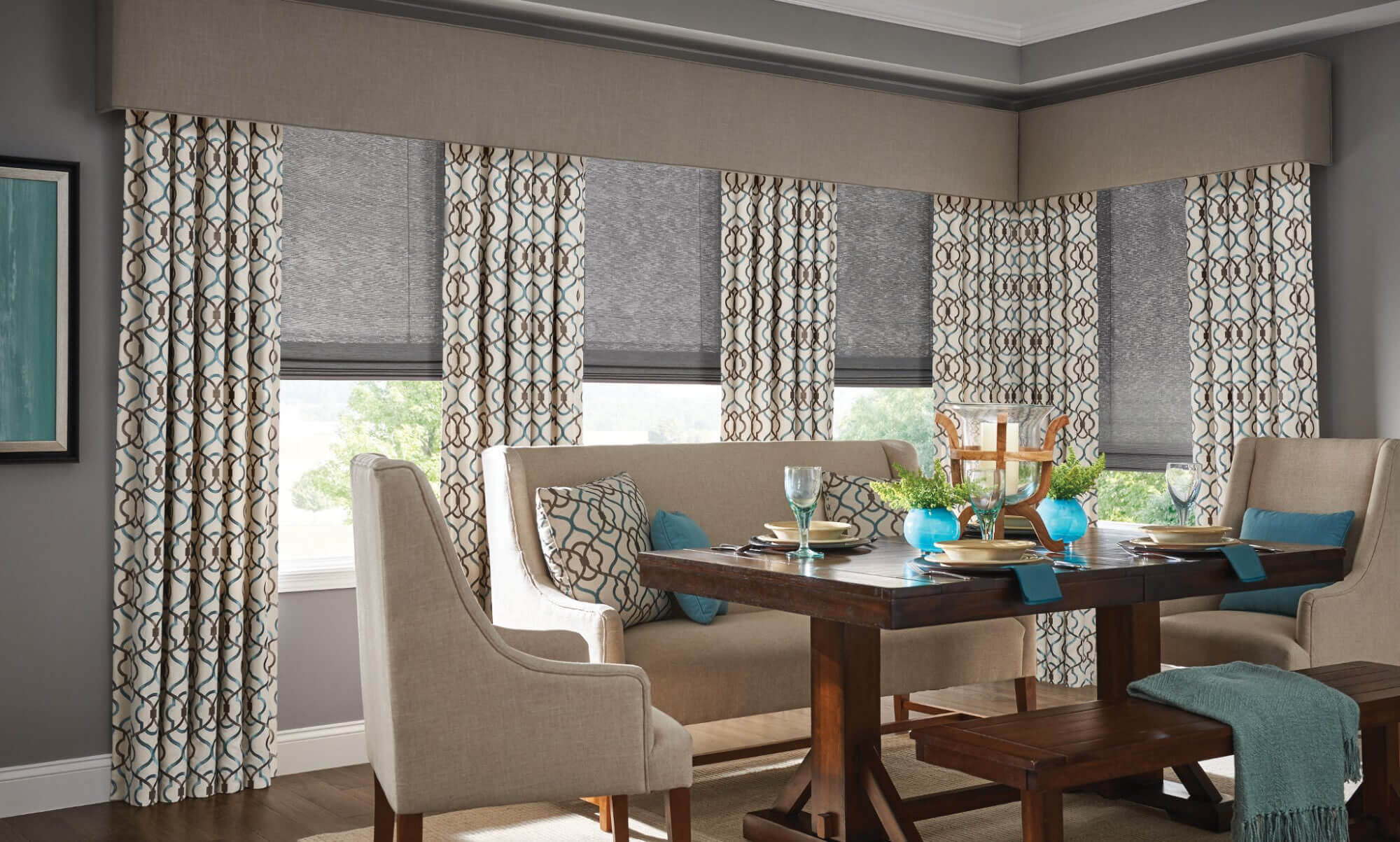Blinds hold a very important status in the world of window treatments. They are not nearly as hard, or immovable, as shutters, allowing a lot more freedom in placement and installation. However, they are also not as soft as shades, curtains, and drapes, which are made entirely from fabric and can move extremely freely, but have less of the shutters or blinds durability. This middle ground that blinds rest on for their durability and range of movement, is also a middle ground for their versatility. While not as adaptable as shades are when it comes to functionality and form, blinds nonetheless are more mutable and changing than shutters. Shutters always open and close one way, and have a very standard form. Blinds, like shades, can change the level at which they are open to permitting more light, and allow for more options when it comes to privacy and light control overall. There is one area of blinds though that neither shades or shutters have a hold on. Like drapes and curtains, blinds are one of the few window treatments that can be vertically arranged.
When should you want to use vertical blinds over the more traditional horizontal blinds? There isn’t much difference between them when it comes to materials and appearance. Made from aluminum, wood, or composite, blinds are made from slats, long flat lengths of one of the materials. Vertical blinds hang from one end of the slat, which is attached above windows and glass doors. Horizontal blinds are attached at either side of the slat, laying flat. Now what makes the vertical blinds truly different from horizontal blinds is the situations and places that work for vertical blinds do not work for their side to side counterparts.
In fact there are several window types, as well as other areas where vertical blinds can increase the visual charm and appearance of the room. A number of different doors can be paired with vertical blinds to give a bit of space between the room and the outside world. Sliding glass doors, french doors, and patio doors all let in a lot of sunlight, which means that having a set of large window treatments like vertical blinds can be handy in blocking out light and ensuring privacy. Of course, if you own wide or tall windows, up-and-down blinds are a great addition to the height and depth of your room. Featuring lengthwise installments adds the illusion of stature and prominence to the space without actually changing the rooms dimensions in any way. Unlike horizontal blinds though, vertical blinds actually have a different material available to them that normal blinds do not have. Fabric vertical blinds are almost sheer, allowing in a lot of light, but the charm and visual appeal make them an excellent addition to living rooms and patios, where the quality of light should be quite high and the style can really shine. Overall, choosing vertical over horizontal blinds is a matter of how tall the room is, and how large the areas you want to cover with the blinds are. Side-to-side blinds are perfect for average and smaller windows, along with some varieties of wider windows that are available on the market. Vertical blinds add style and grace to large windows and open door designs like french or sliding glass doors.



